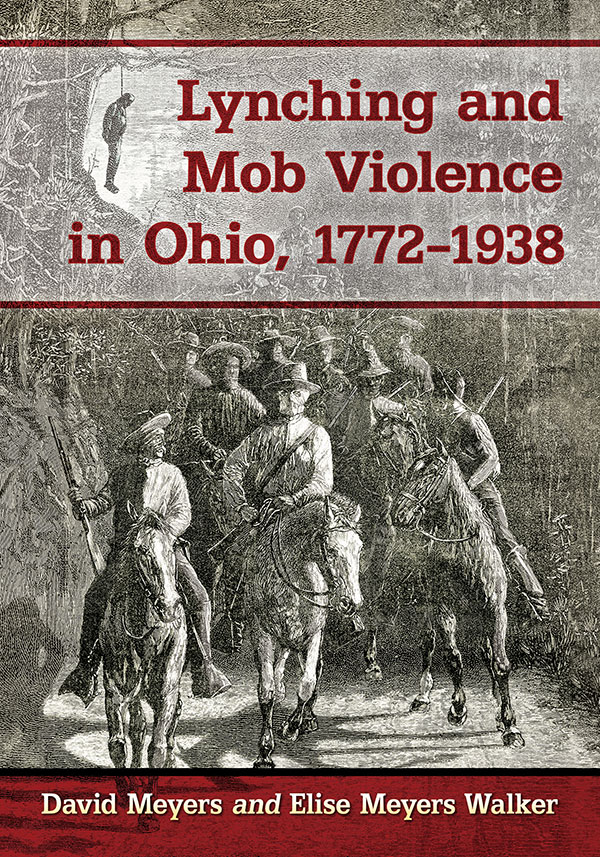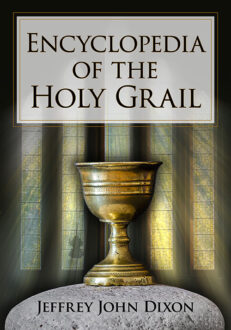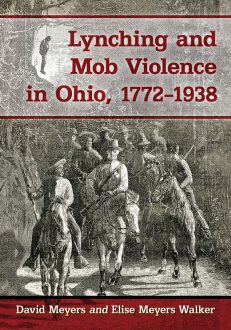Lynching and Mob Violence in Ohio, 1772–1938
$39.95
In stock
About the Book
In the late 19th century Ohio was reeling from a wave of lynchings and other acts of racially motivated mob violence. Many of these acts were attributed to well-known and respected men and women yet few of them were ever prosecuted—some were even lauded for taking the law into their own hands. In 1892, Ohio-born Benjamin Harrison was the first U.S. President to call for anti-lynching legislation. Four years later, his home state responded with the Smith Act “for the Suppression of Mob Violence.” One of the most severe anti-lynching laws in the country, it was a major step forward, though it did little to address the underlying causes of racial intolerance and distrust of law enforcement. Chronicling hundreds of acts of mob violence in Ohio, this book explores the acts themselves, their motivations and the law’s response to them.
About the Author(s)
Bibliographic Details
David Meyers and Elise Meyers Walker
Format: softcover (7 x 10)
Pages: 245
Bibliographic Info: 21 photos, 4 maps, appendices, notes, bibliography, index
Copyright Date: 2019
pISBN: 978-1-4766-7341-7
eISBN: 978-1-4766-3412-8
Imprint: McFarland
Table of Contents
Acknowledgments vi
Preface 1
Introduction 3
1. Antebellum Ohio (1792–1860) 7
2. War and Reconstruction (1861–1877) 29
3. Disenfranchisement (1878–1885) 48
4. Segregation (1886–1889) 75
5. Reign of Terror (1890–1895) 95
6. Separate but Equal (1896–1900) 124
7. The United States of Lyncherdom (1901–1909) 144
8. The Great Migration (1910–1938) 171
Afterword 204
Appendix I. Lynchings (1772–1968) 207
Appendix II. Attempted Lynchings (1772–1938) 209
Appendix III. Tar and Feathering (1772–1938) 212
Chapter Notes 215
Bibliography 222
Index 231





